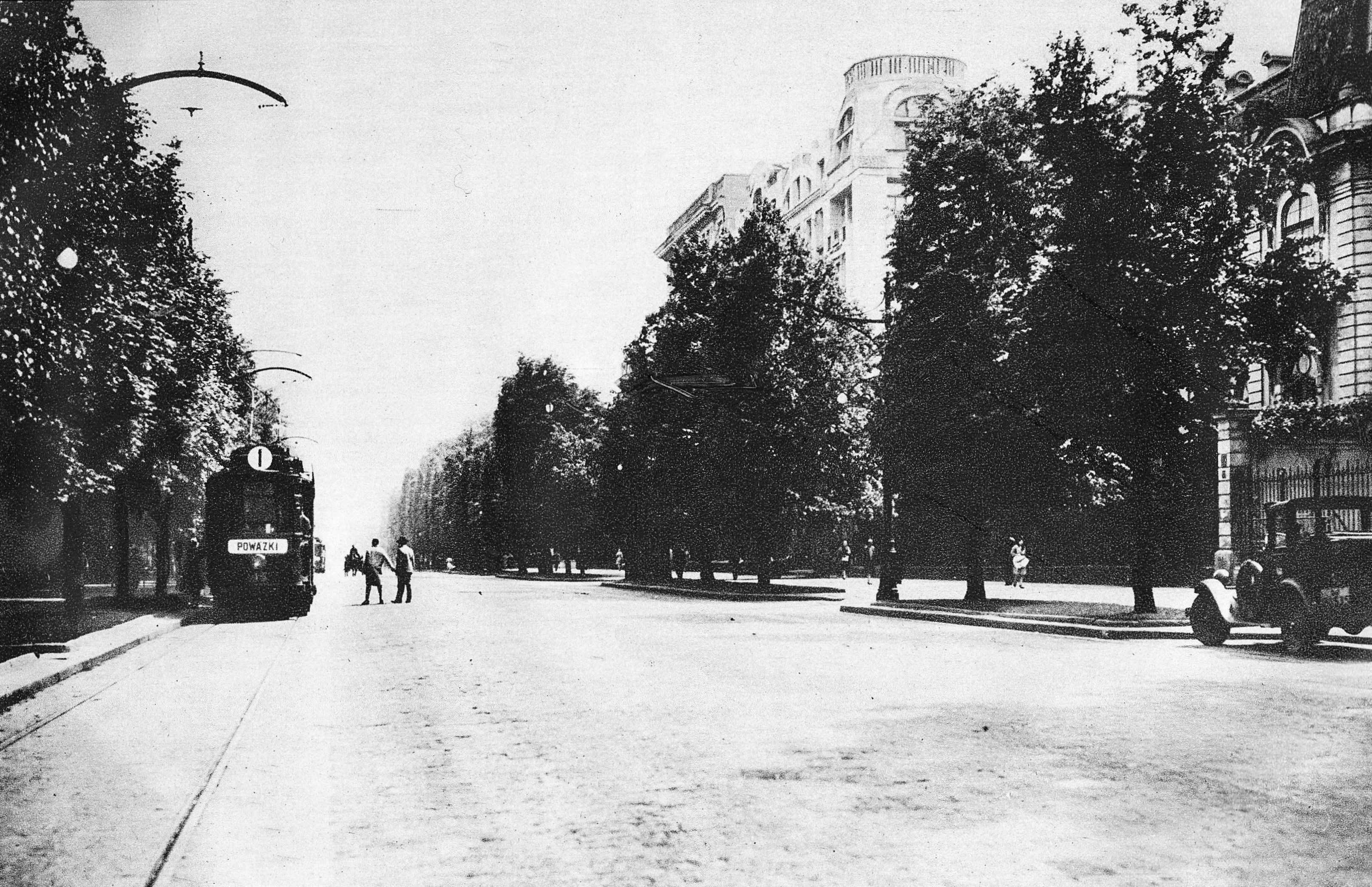On 1 February 1944, the Polish resistance carried out the assassination of Franz Kutschera, known as ‘the executioner of Warsaw’. The assassination of this SS officer and police commander in the Warsaw District of the General Government was one of the most spectacular operations in the history of the Home Army (Armia Krajowa), because never before or after was such a high-ranking Nazi officer eliminated in Poland.
by Piotr Bejrowski
Less than two years earlier, in May 1942, Czech fighters trained in Great Britain had carried out an effective attack on Reinhard Heydrich, head of the Reichssicherheitshauptamt (‘Reich Security Central Office’) and the Protector of Bohemia and Moravia in Prague. In retaliation, the SS razed two villages to the ground. The village’s several hundred inhabitants were shot or deported to camps and the buildings burned.
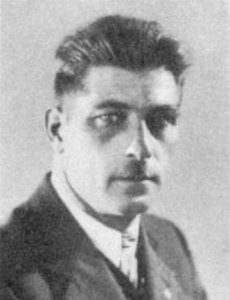
Despite being fully aware of these cruel reprisals, a year later, the Home Army command decided to launch the so-called “Operation Heads” (Akcja Główki). Its goal was to eliminate the most cruel Nazi officers. Among them was Hans Frank, general governor of the occupied Polish territories. The assassination attempt took place on a train, 29 January 1944 and was carried out thirty kilometers east of Krakow. Frank survived because the explosive was triggered too soon. In retaliation, a massive execution of several hundred Poles detained in the Krakow prison on Montelupich Street was carried out. Nevertheless, Franz Kutschera was the next target of the Polish resistance.
‘The executioner of Warsaw’ came from Austria. Even before the Anschluss, he had become the head of the NSDAP in Carinthia. In September 1943, he was appointed head of the SS and the police in Warsaw. The city was the most dangerous place for Germans in the occupied territories; several dozen occupants died on the streets of the city each month. In retaliation, Kutschera introduced previously unknown heights of terror.
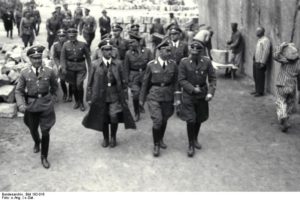
Street round-ups were more frequent and often followed by public executions. Within a few months, several thousand people had been shot on the streets or in the ruins of the Warsaw Ghetto. The names of the murdered would be announced through megaphones, then the list of victims would be attached to posts in the form of frightening posters. Lists of hostages were also created, who were to be killed in the case of any attack on a citizen of the Reich. Many commemorative plaques located in several places in Warsaw remind us of this bloody period. In November 1943, the Home Army issued a death sentence against Kutschera.
The office of the head of the SS and the Police was the palace at Aleje Ujazdowskie 23. The Polish resistance determined that Kutschera lived only a few hundred metres from the palace and that he travelled there every day by limousine. A special unit, ‘Pegaz’, was appointed for the operation, under the leadership of the Home Army commanded by Colonel Emil Fieldorf “Nil”. In September and October 1943, the members of the group carried out death sentences on the deputy commander of the prison at Pawia Street (Pawiak), the head of the women’s prison at Pawiak and the deputy commander for the prison at Gęsia Street (Gęsiówka). The Home Army division was led by Bronisław Pietraszewicz ‘Lot’, and his deputy Jan Kordulski ‘Żbik’. At the beginning of 1944, the oldest member of ‘Pegaz’ was twenty-three years old.
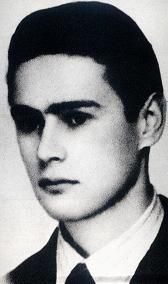
The operation was scheduled for 28 January 1944. However, it turned out that Kutschera had not come to work that day. In addition, during a detention attempt not related to the assassination, ‘Żbik’ was seriously wounded, which necessitated changes in the group. Finally, the assassination took place 1 February 1944. Just after 9:00 am, Home Army soldiers cut the SS limousine off and within a few dozen seconds had fired several bullets at Kutschera from a short distance away. He was killed on the spot, along with four other Germans. Home Army drivers appeared on the spot to help the members of ‘Pegaz’ get away.
The wounded were taken to Bankowy Square where a doctor was waiting for them. The operation Kutschera was carried out efficiently. Wilhelm Koppe, head of the SS and police in the General Government, described it as “lace work.” However, complications had arisen as they were escaping. While being chased on the Kierbedź Bridge, some of the members of the group were wounded and four of them died, including the commander ‘Lot’.
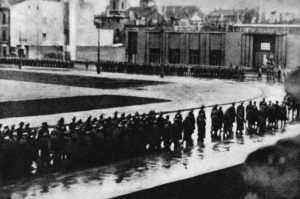
In retaliation for Kutschera’s death, the Germans arrested and shot several hundred people. A reparation payment was imposed on the city and Poles were forbidden to drive their own cars. However, this does not change the fact that after the death of ‘the executioner of Warsaw’ the terror on the city streets, up until the day of the Warsaw Uprising, significantly decreased.
Author: Piotr Bejrowski
Translation: Alicja Rose & Jessica Sirotin

